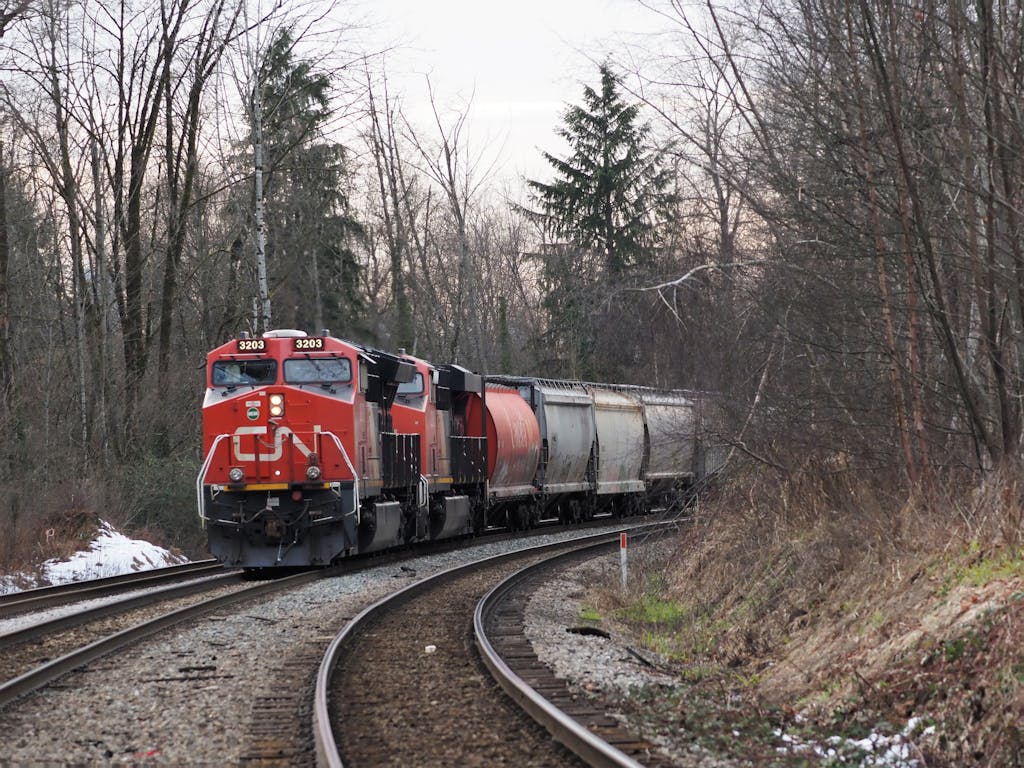The 41st edition of the Western Canadian Crop Production show is in the books. There was good traffic flow all three days in spite of the bitter cold.
New to the show was the Innovation Awards, which were presented on Thursday.
“It’s something we’ve seen at different events and you know we have some of the best exhibitors here in the country and we thought ‘You know what? We need to start recognizing some of the hard work they’re doing for new products and services,” said Leigh-Ann Hurlburt, Manager of Agriculture at Saskatoon’s Prairieland Park. Hurlburt noted 70 exhibitors applied for the Innovation Award, which was more than what show organizers expected.
A panel of farmers judged the nominees on a wide range of criteria: innovation and impact; appeal and design; novelty; utility and function; ingenuity, quality and scope; value; marketability and environmental sustainability.
The winner of the first Innovation Award at the Crop Production Show is Annelida Soil Solutions in Nisku, Alberta. Annelida uses castings from worms and that is applied to agricultural soils in a liquid or granular form.
“What we do is we take waste products from the local grocer – produce, plant waste, things like that – coffee grounds from local coffee shops, inner city manures, cardboards, so all these waste streams. We actually feed ten different ingredients, a stable diet every single day to our worms so this is made into…somewhat of a manure consistency, fed to the top of the bed, the worms come up and eating it and then leaving their excrement in castings,” said Jamie Depape, Annelida’s Director of Sales of the process they use. “The goal is to create super food for the soil, essentially utilizing Mother Nature to stimulate it and follow it up with a good food source and continue to grow the soil microbiome.”
Second place was awarded to Redekopp Manufacturing’s Seed Control Unit. The system uses an impact mill to crush weed seeds as they exit a combine. There is a 98 percent kill rate on weeds such as kochia.
Third place went to the SWAT Camera Croptimistic Technology. The cameras mount on either side of the spray boom and take images every 60 feet. The SWAT camera distinguishes between the crop and a weed and generates a plant count as well.
The data forms a map, which is used to make decisions on variable rate fertilizer and herbicide applications. The technology can be used on canola and soybean crops and is undergoing testing this year on cereals and lentils.
(With files from Neil Billinger, CJWW)



